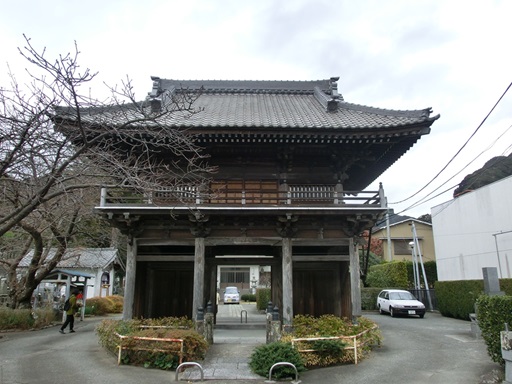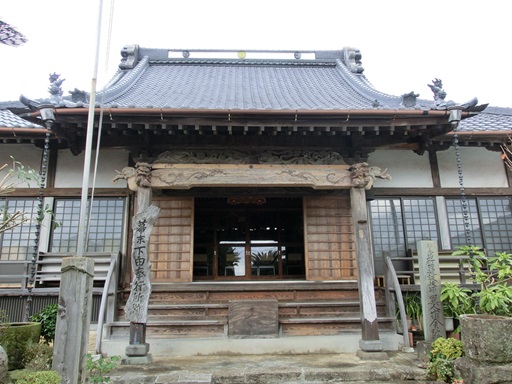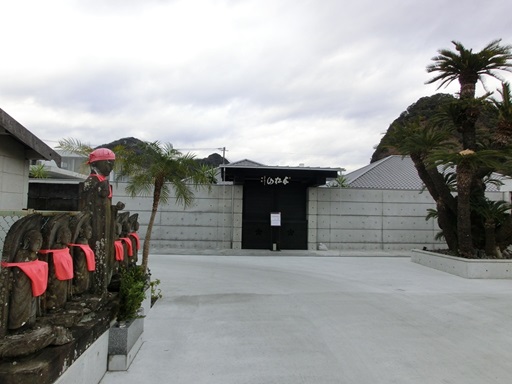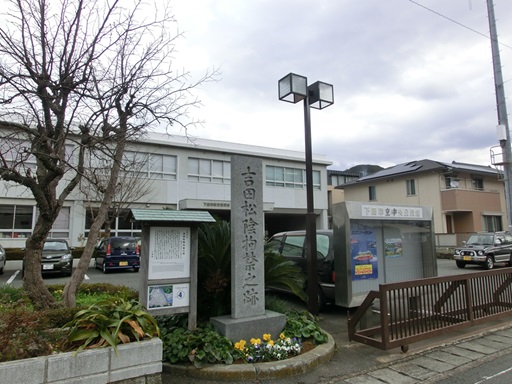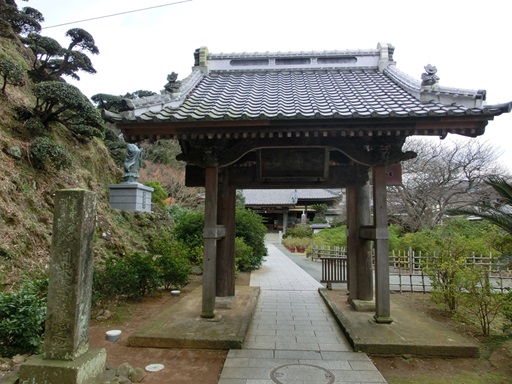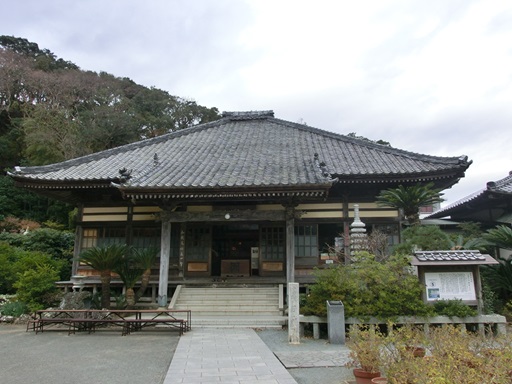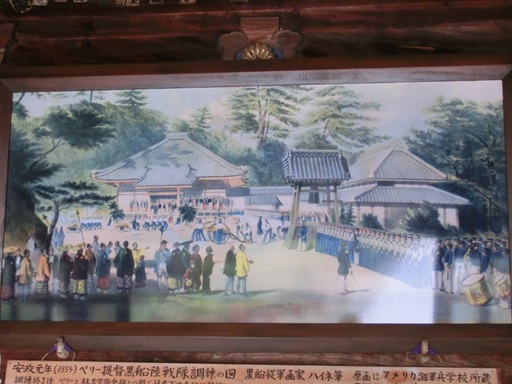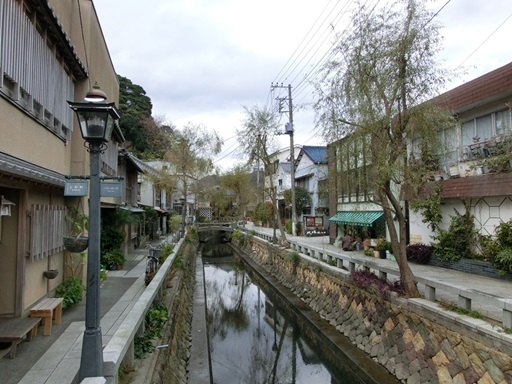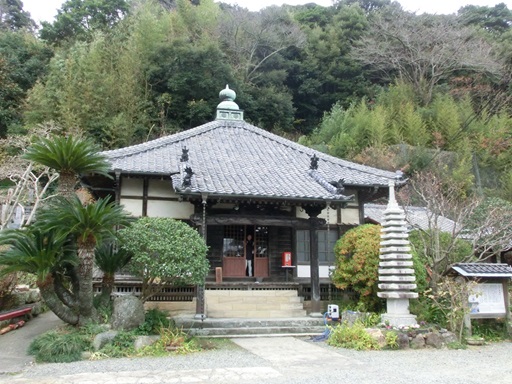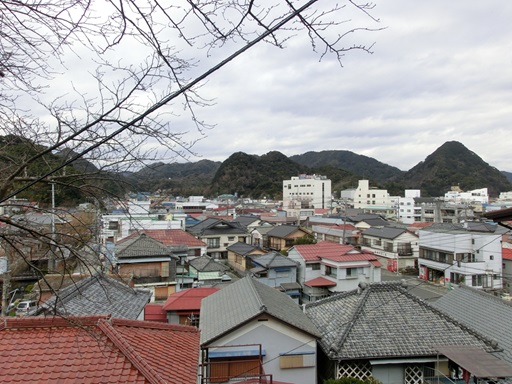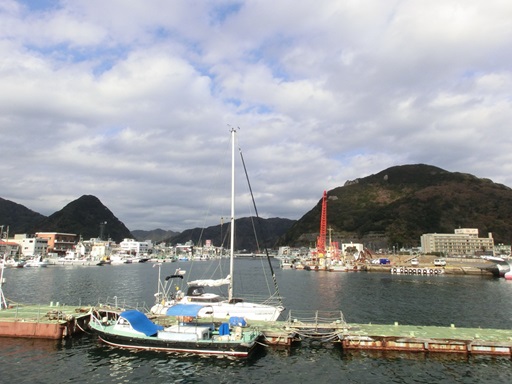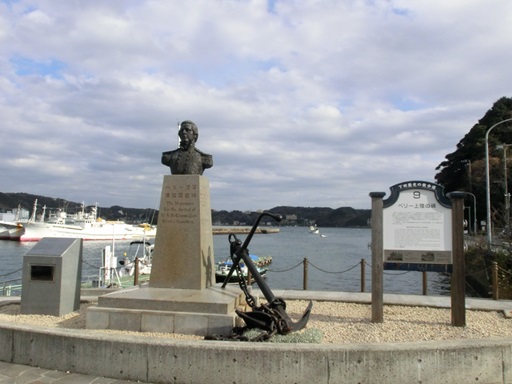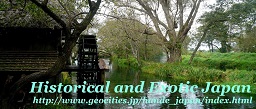|
"Shimoda" in Shizuoka Prefecture
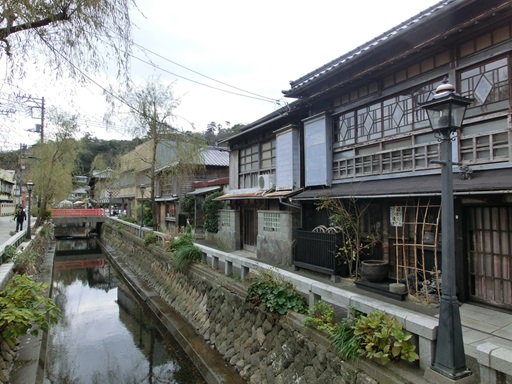
Shimoda is located near the tip of the east coast of the Izu Peninsula. Shimoda is a historic place where for Japan to pave the modern Japan. In 1639, at the beginning of the Edo Age (1603 - 1868) , Japan closed its borders to the outside world. The Edo Bakufu, the central government in Japan, continued its isolationist policy for over 200 years, but in 1853, Matthew C. Perry(1794-1858), a United States Navy Commodore, visited Japan with four steamships and urged the country to open up. Perry returned the following year and signed the Treaty of Peace and Amity between the United States and Japan. Under the Treaty of Peace and Amity between the United States and Japan, Shimoda was opened for foreign countries and the Treaty of Shimoda was concluded between the United States and Japan in 1857.In the downtown Shimoda, there are many historical sites, related to the history at the end of the Edo Age. If you walk to the west from Shimoda Station, you will find Fukusenji Temple. 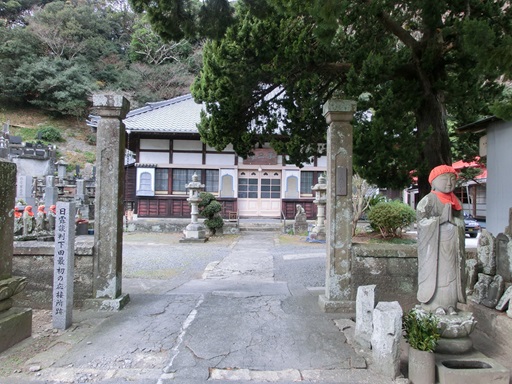
At the temple, the conference was held towards the conclusion of the Treaty of Peace and Amity between Japan and Russia, in November 1854. In the following year, the treaty was concluded. After visiting Fukusenji Temple, I walked south to the center of Shimoda City. My next stop was Kaizenji Temple. Kaizenji Temple was founded in 1350 and move to the current place in 1590, at the site of the residence of TODA Tadatsugi (1531 - 1597) , who was the castle lord of Shimoda Castle. At the end of the Edo Age, the thirteenth Shogun, TOKUGAWA Iesada (1824 - 1858) stayed at the temple, when he was on the way to Kyoto from Edo (present-day, Tokyo). |
